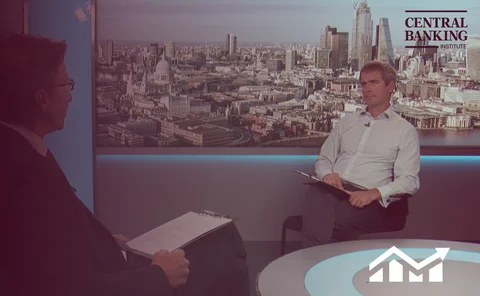Regulation
Chile’s Costa on tackling inflation, forex interventions and nowcasting
The Central Bank of Chile governor speaks about stubbornly high prices, Fed policy spillovers, reserve buffers, retail CBDC and the need to address unconscious bias
Research economists devote more working time to own projects
On average, own research works consume 25% of policy economists’ working time
Advanced economy institutions tend to produce more papers
Emerging market researchers averaged five papers a year in peer-reviewed journals
Research agenda determined across multiple levels
Governors and deputy governors give final sign-off on most research publications
Majority of banks blend research and policy functions
Only one in five jurisdictions restructured economics unit in the past 12 months
BoE’s Cunliffe details ‘familiar’ failings at FTX
Deputy governor says crypto assets need to be regulated
Financial Stability 2022 – presentation
Subject specialist Dan Hardie speaks with Christopher Jeffery about financial crime, regulating banks and non-banks, macro-prudential regulation, and decision-making and staffing
Growth and inflation are top forecast indicators
More emerging markets forecast growth and inflation compared with the past year
Costa Rica receives first loan under IMF’s green programme
Country is “excellent candidate” for Resilience and Sustainability Facility, says IMF official
The long road to 24-hour RTGSs
Extended hours would help international payments but some central banks challenge the business case
Portuguese PM threatens legal action against ex-governor
António Costa denies pressuring Carlos Costa over bank intervention
Non-banks in focus as G20 leaders meet in Bali
FSB calls for action on liquidity mismatches and “hidden leverage”
Banknote volumes and values rose among most central banks
Most recent estimates show volume and value of circulating notes rising in 2022
Banks receive widely varying volumes of damaged cash
Central banks share data on values and volumes of mutilated currency
Most jurisdictions have not withdrawn denominations in past five years
Thirty-two central banks have an average of six denominations in circulation
Central bank boards most often make decisions on banknote imagery
Banknotes image types vary from recognised figures to natural phenomena
Majority of central banks have access-to-cash policies
More than two-fifths require a minimum level of cash services from banks
Book notes: Yellen, by Jon Hilsenrath
This book offers new insights into the tough decisions and tremendous efforts Yellen has made as a pre-eminent economic policy-maker
Counterfeit banknotes removed from circulation average $425,000
UV ink and intaglio printing are most common security features
Banknotes generally have at least one aid for visually impaired
Raised inks are most common feature, followed by making denominations different sizes
Few central banks use big data tools to forecast currency demand
Forecasting is very common, while few expect big changes in currency needs for 2023
Banknote contagion measures reduced in 2022
Participating institutions say coronavirus has shaped currency demand
OCC to create fintech office
US regulator will appoint chief financial technology officer to lead regulation of sector
Paper-based banknotes still outnumber polymer substrates
Most banks do not plan adoption of new substrates












